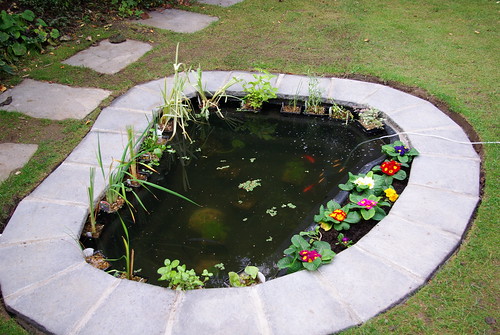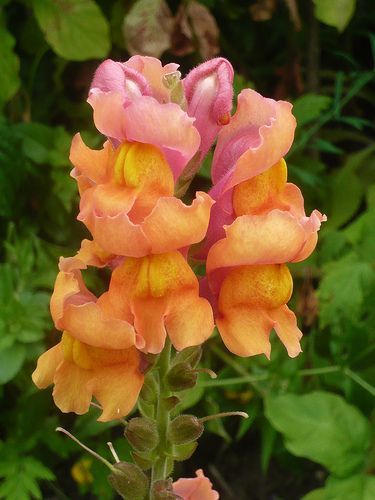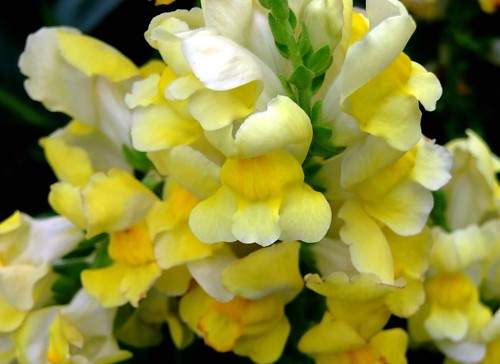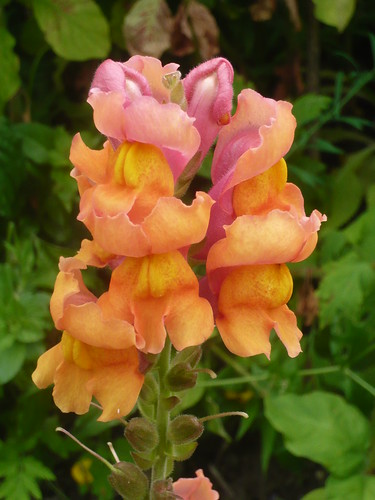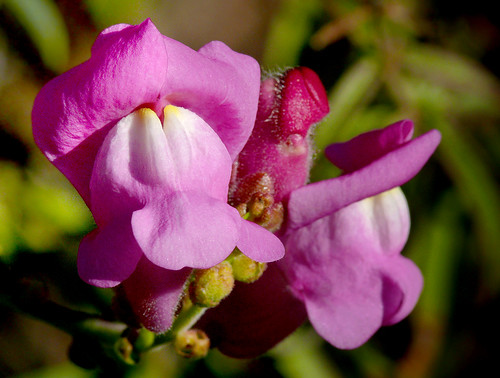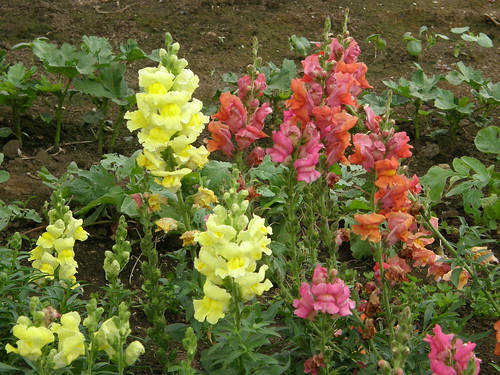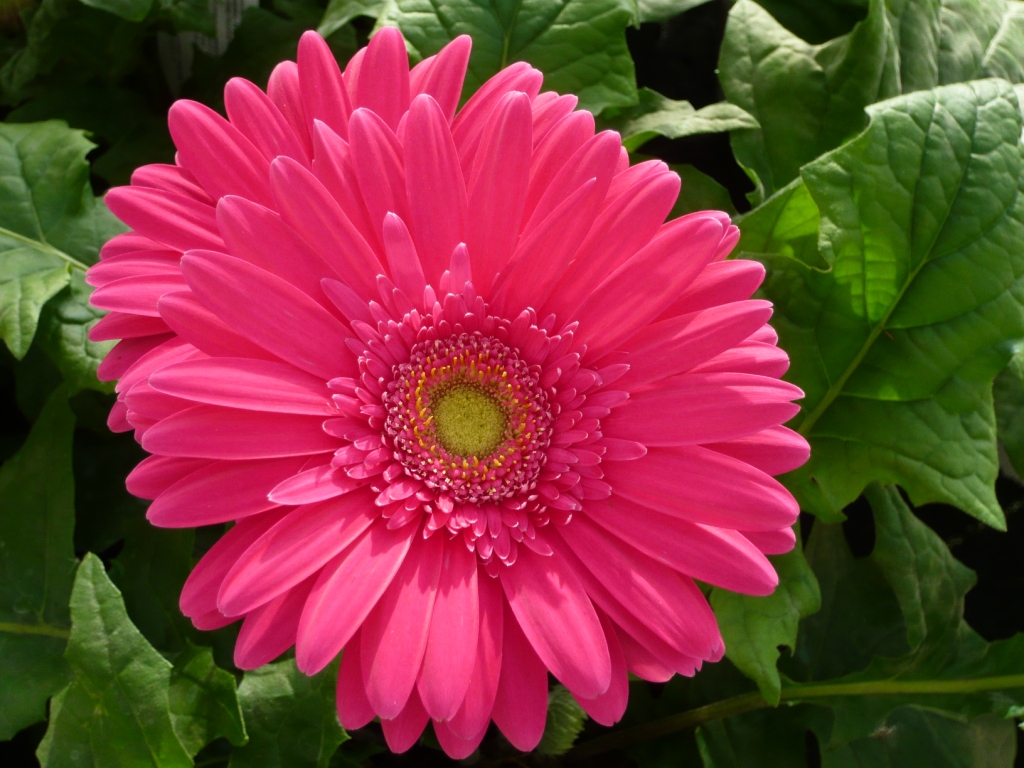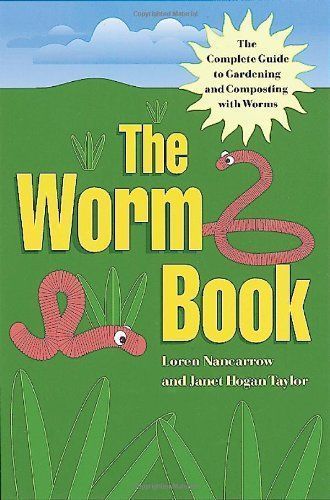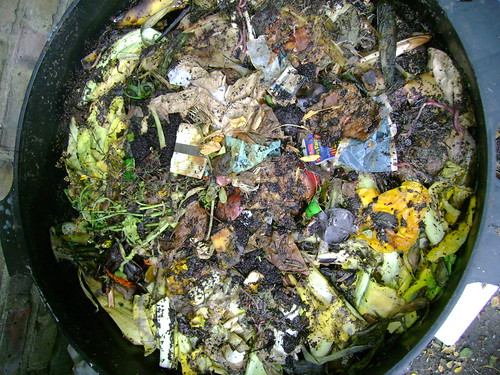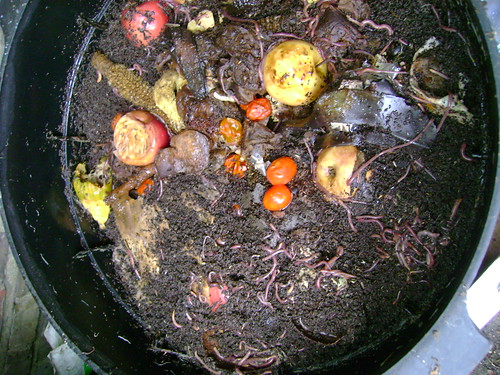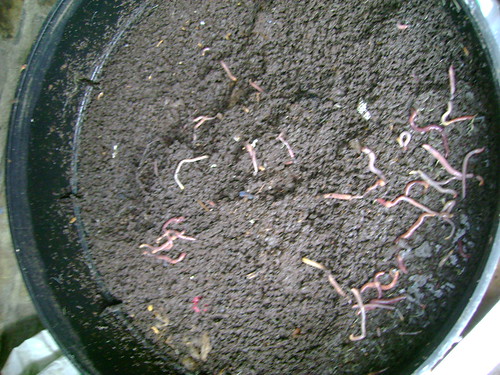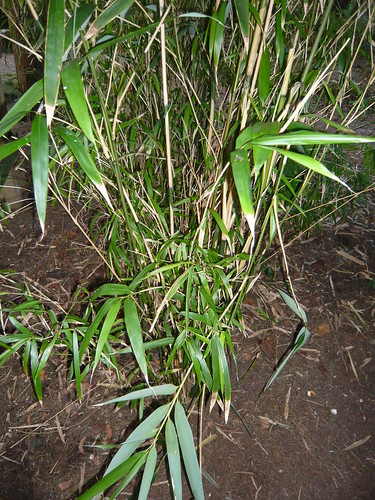Organic Pond Habitats for Green Gardeners
One of the best habitats that a gardener can create is one containing water. Ponds, bog gardens, streams or just a bird bath, all forms of water do their bit for the green gardener. ‘….ponds are one of the most appealing and vibrant small-scale wildlife habitats. Almost one in ten British gardens actually have a pond…’ according to Wildlife Trusts in their Wildlife Pond Handbook by Louise Bardsley
Who Uses a Pond Habitat
- Frogs, toads and newts use ponds to breed.
- Insects and worms use ponds for food and as dwelling places.
- Birds like a drink of water and an occasional bath and butterflies like a drink too.
- Fish add to the charm of a pond but unfortunately provide food for visiting herons in my garden.
Type of Pond Habitat
- The larger the expanse of water the better in terms of environmental impact.
- Preformed ponds are popular for the smaller garden. Made from rigid plastic or rubber they are long lasting and easy to install.
- You can make your own pond and shape it with butyl liner.
- Ensure your pond has an area where the depth is two feet or more to prevent a total freeze up.
- The pond should have at least one gentle slope or beach area where wildlife can access the pond.
- Fill the pond and let it stand for two weeks before adding fish and plants
Plants for your Pond
- Oxygenators such as Myriophyllum spicatum use up excess nutrients and supply oxygen to the pond.
- Floating plants can drift on the surface and curb the growth of unwanted algae. Try frogbit Hydrocharis morsus-ranae.
- Avoid balnket weed and invasive Myriophyllum aquaticum
- The choice of ornamental plants is large from Water lilies through to Iris
Organic Tips for your Pond
- Submerge a bag containing barley straw in the pond in early spring. This contains a natural algicide and will help control blanket weed which grows in the sun.
- Use a rake to remove excess blanket weed but leave it on the side of the pond so creatures can return to the water rather than ending up on the compost heap.
- A balanced pond without too many fish will not need any extra additional chemicals or food supply.
- Rocks and rounded pebbles can enhance the surrounding area and build island habitats. Use local and ‘found’ stone.
Other Interesting Pond Related matters
Frog Spawn hints and tips
More Tips on growing Water Lilies
Ecology of water in the garden
Dealing with weeds in ponds
Pond plants and pond care
Gardening with water features
Credits Garden Pond with fish by pnt103 CC BY-NC-SA 2.0


